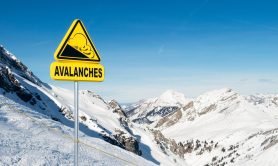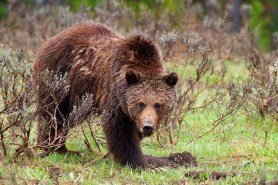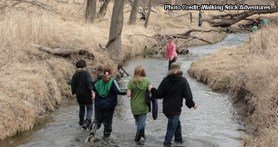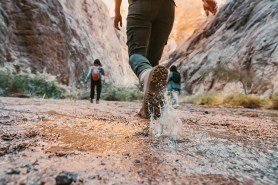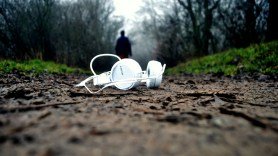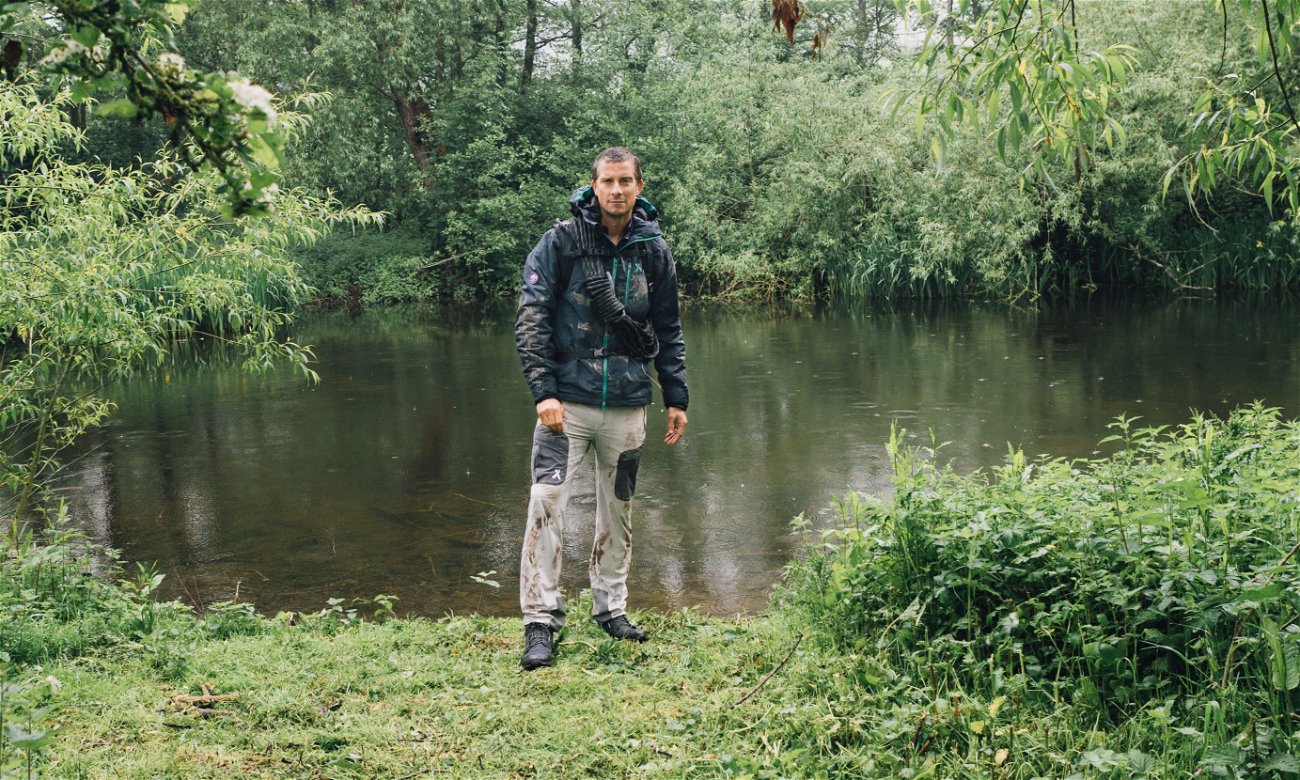

If you’re spending time in the outdoors, having a fire is useful for many reasons: for heat, for cooking, for boiling drinking water, for drying off, for drying clothing, for light, for keeping wild animals away and even as a signal if you are lost and need to be rescued.
“Nothing will improve your morale more than successfully conjuring a fire out of the resources around you,” says Bear. “It will warm you, help feed you and may ultimately save you. Become a master of fire making; it is one of life’s key skills.”
There are lots of great ways to set up a campfire, especially if you have the right materials like dry wood, kindling and matches. But even if you don’t, all hope is not lost. Bear says the secret ingredient to lighting a fire is patience. “You should be able to produce fire under all but the most extreme circumstances,” says Bear. “The secret is preparation.”
1. Find a location
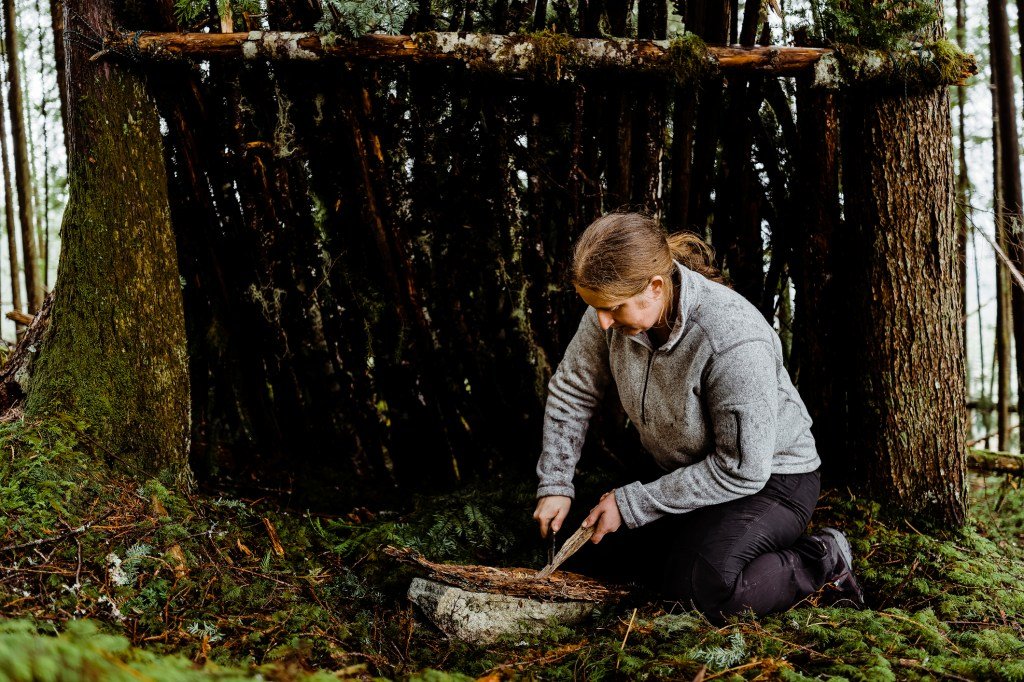
Look for somewhere away from strong wind, such as a boulder, a bank of earth or a tree trunk. If there’s nothing naturally occurring that could serve as a wind block, dig a trench. If you need the fire to keep you warm, build it near your shelter but not so close that an ember might blow on your things. Clear an area of ground and build a platform of stones or small logs to serve as the base.
2. Prepare the materials
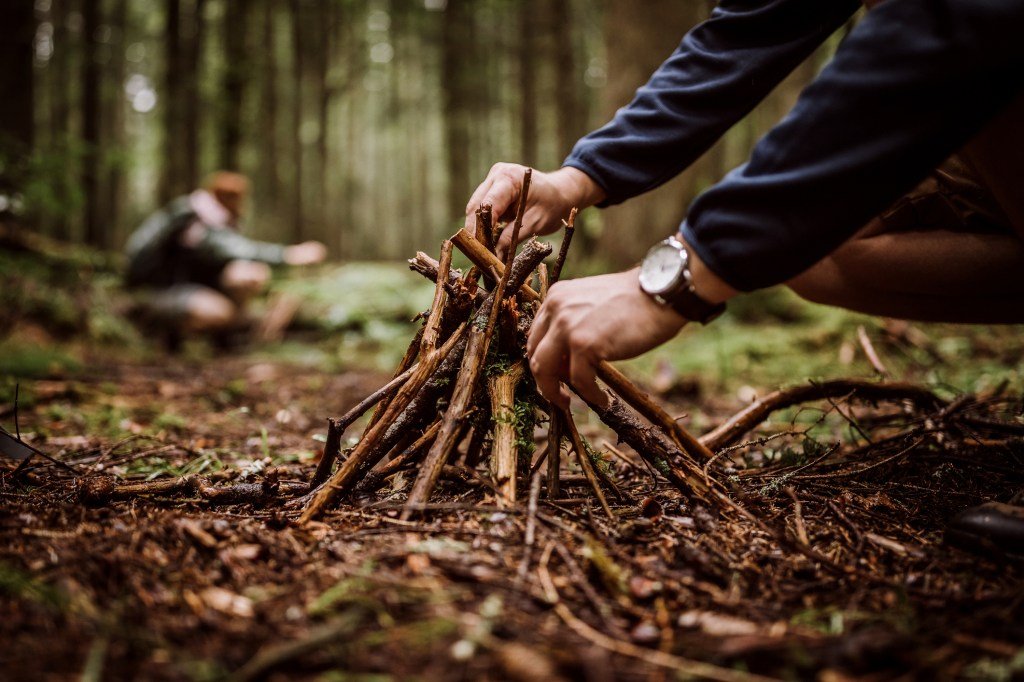
You’ll need tinder, kindling, and fuel. For tinder, look above the ground for the driest material. Small twigs are ideal, or fluffy material such as dry moss, dry grass and pine needles. They should be made as tiny as possible—sticks of wood should be cut down or broken to the size of a toothpick. You can also use manmade things like newspaper, cotton balls or tampons as tinder in a pinch.
Kindling is the next material, and should be larger in size than the tinder but not so large as to stifle a nascent flame. Branches from dead evergreen trees are great for this.
Fuel is the last thing you will add, and this is what will keep the fire going. This is usually wood, though take care to add each log one at a time, as different wood has different properties and burns at faster or slower rates. Dried animal dung also makes good fuel.
If you don’t have any of the above materials, try improvising with what you have. Bear once lit hand sanitizer to cook a meal while filming Wild Adventure Specials.
3. Produce a spark
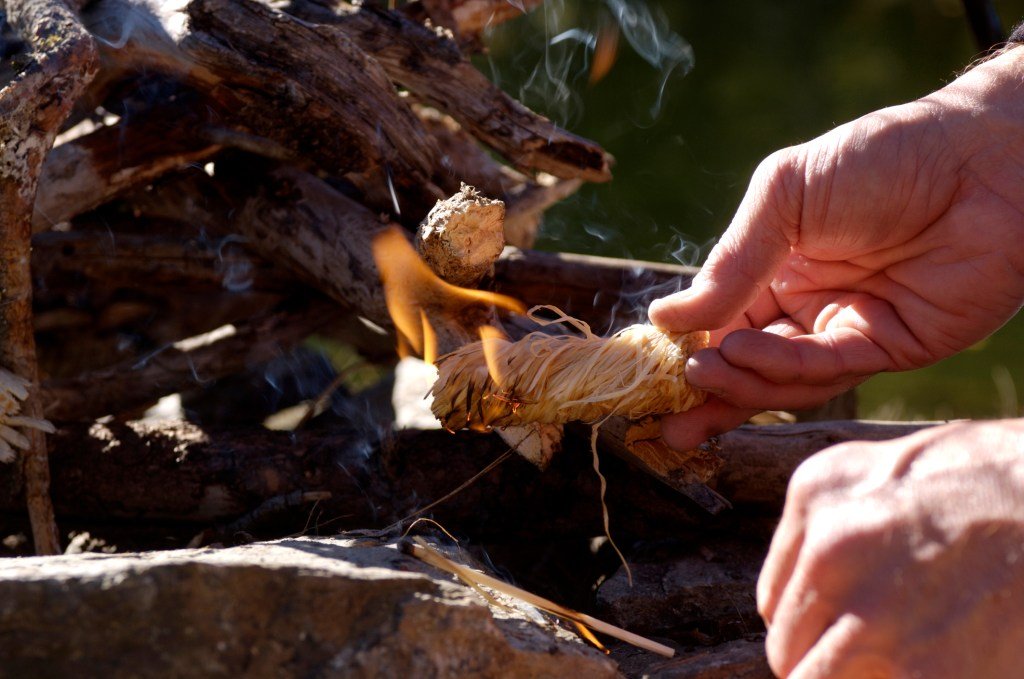
If you don’t have matches, a lighter or a flint and steel, you will need to create a spark from friction. This could be with the drill-and-bow method, where you rotate a spindle, like you would a drill bit, into a base plate of wood. The friction will eventually generate enough heat to produce embers from which you can light your tinder.
More from Bear Grylls:
- How to Make a Toothbrush in the Wild
- Driving in the Snow
- How to Build Shelter in a Forest
- How to Survive Sub-Zero Temperatures
- What to do If You’re Bitten by a Snake
- How to Navigate Without a Compass
- How to Deal with Injuries in Survival Situations
- How to Find Water in the Mountains
- Making Shelter in the Snow
- Priorities of Survival


